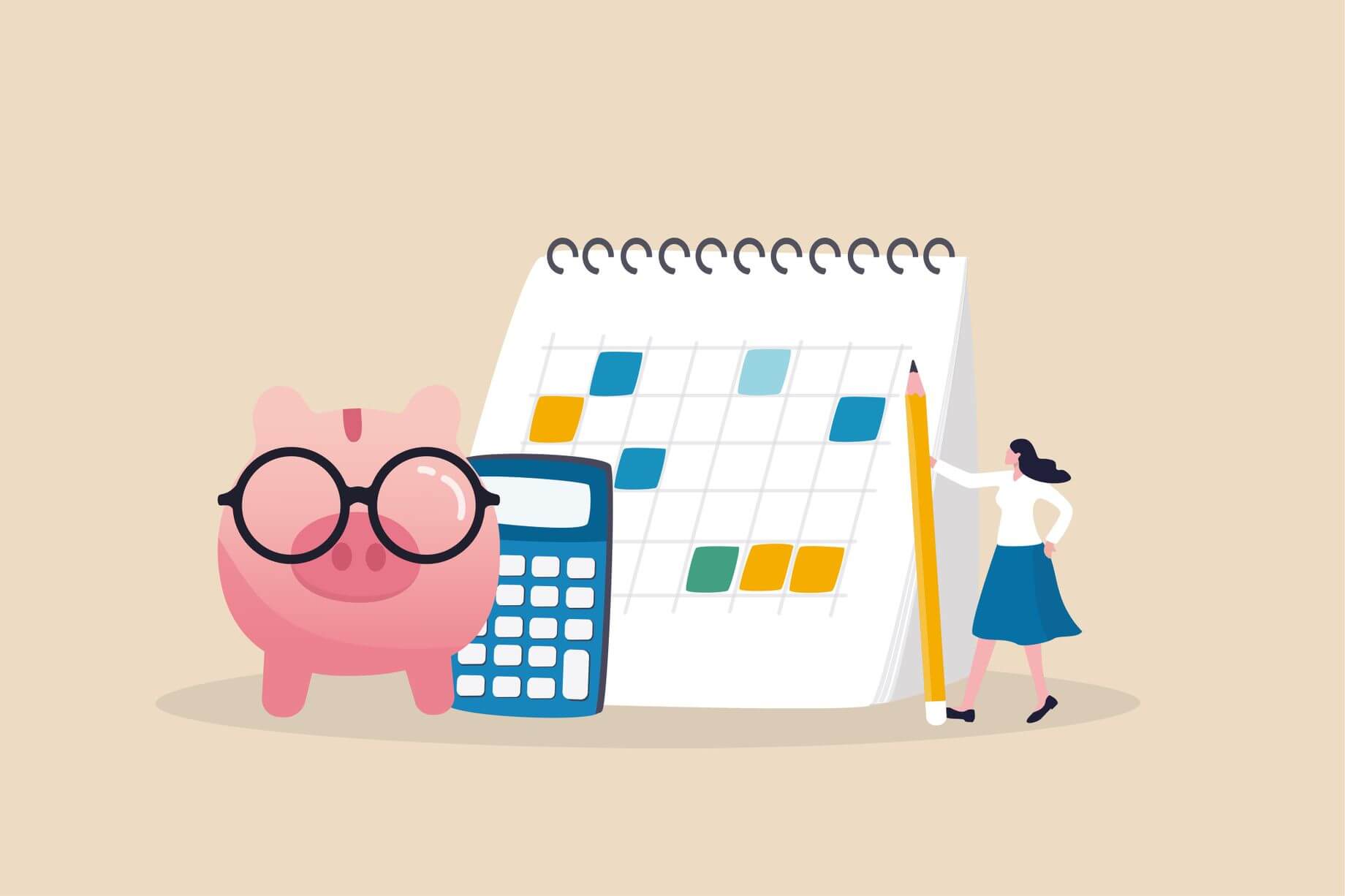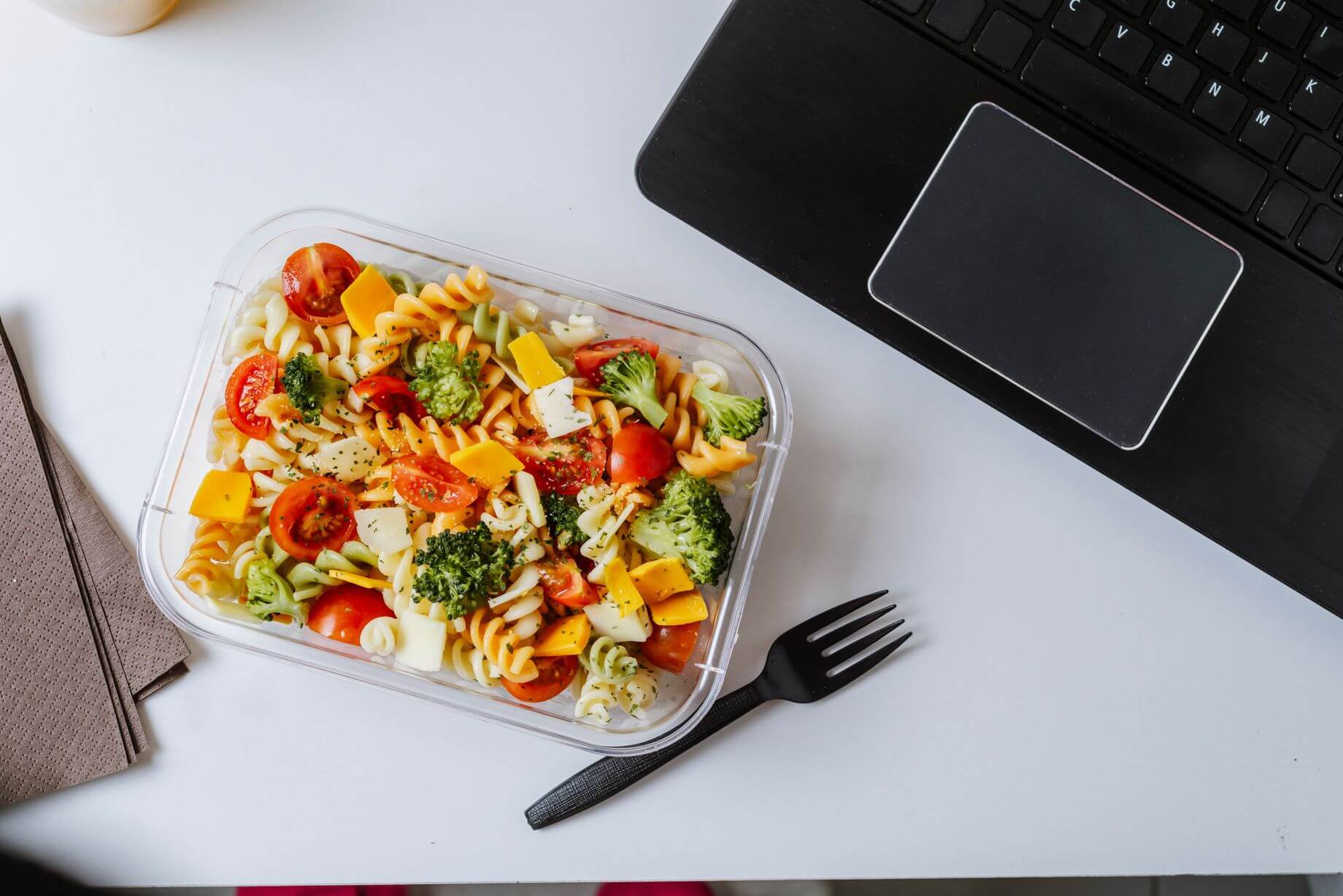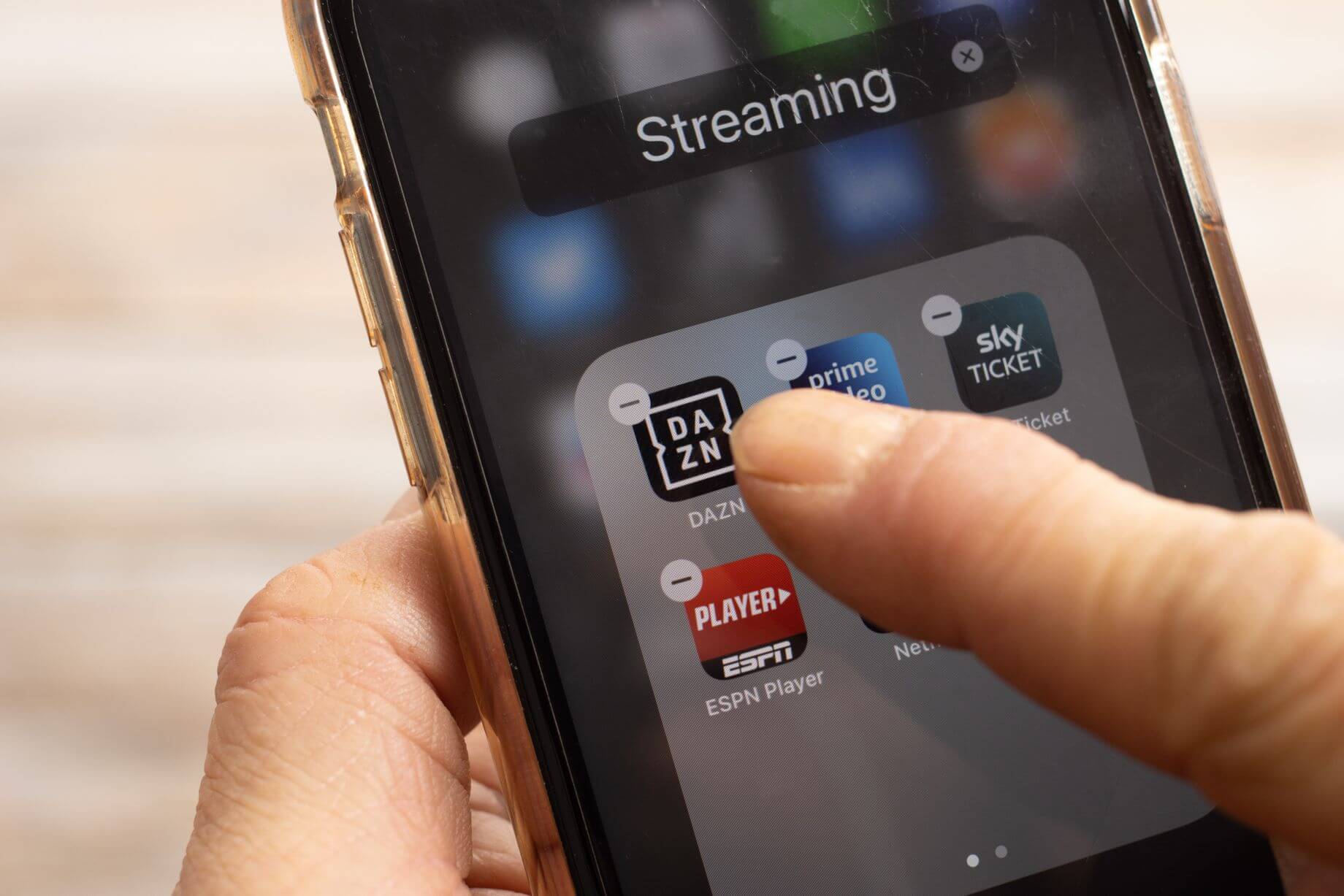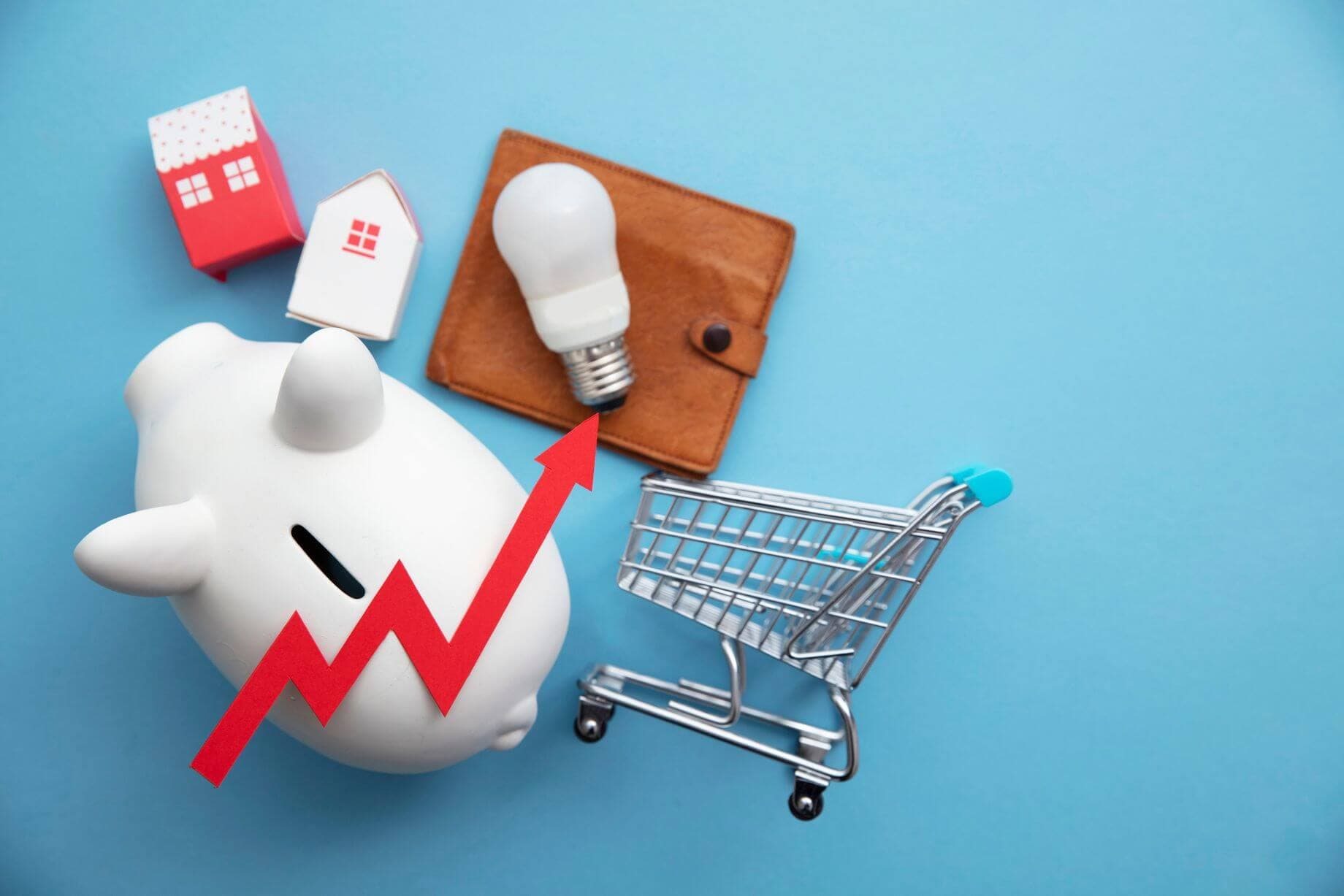How to Save Money Each Month?

You want to set and reach saving goals? Here are simple ways to manage your personal finance, start saving money, or work toward an emergency fund, all safe from inflation.







You want to set and reach saving goals? Here are simple ways to manage your personal finance, start saving money, or work toward an emergency fund, all safe from inflation.





